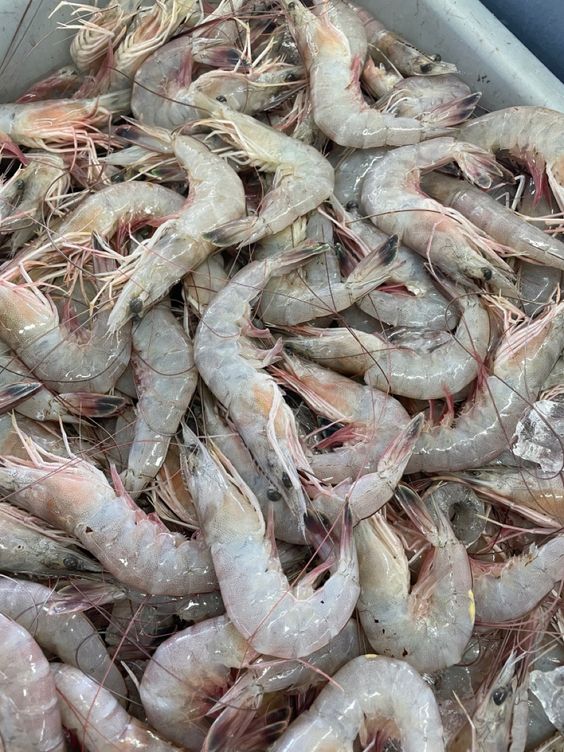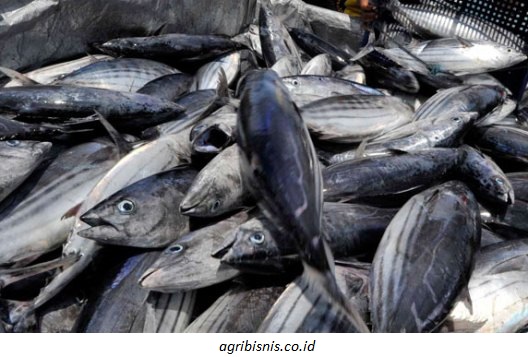All About Featured Tilapia Fish: A Versatile and Sustainable Seafood Choice
Featured Tilapia Fish, a mild-flavored freshwater fish, has become a popular seafood choice around the world. Prized for its versatility in cooking and affordability, tilapia offers a healthy lean protein source. This comprehensive guide dives deep into the world of tilapia, exploring its varieties, farming practices, health benefits, and culinary potential.
Contents
Unveiling the Featured Tilapia Fish Family
Tilapia isn’t a single fish species but rather a group of cichlid fishes native to Africa and the Jordan Rift Valley. There are over a hundred different tilapia species, but only a handful are commercially farmed for human consumption. Here are some of the most commonly available tilapia varieties:
-
Nile Tilapia (Oreochromis niloticus): The most widely farmed tilapia species, known for its fast growth rate and adaptability to various environments.
-
Mozambique Tilapia (Oreochromis mossambicus): Another popular choice due to its hardiness and tolerance to brackish water.
-
Blue Tilapia (Oreochromis aureus): Prized for its slightly firmer flesh and larger size compared to Nile tilapia.
-
Red Tilapia (Oreochromis niloticus var. Nilotica): A vibrant red-hued variety known for its mild, sweet flavor.
These tilapia varieties share some common characteristics. They have a laterally compressed, oval-shaped body with smooth scales. Their coloration can range from silver or gray to greenish-blue, with some species showcasing vibrant red hues. Tilapia lack sharp teeth, featuring specialized pharyngeal teeth in their throats for grinding algae and plant matter.
Unveiling the World of Featured Tilapia Fish Farming
Tilapia’s popularity is largely attributed to the success of aquaculture, the practice of raising fish in controlled environments. Here’s a glimpse into modern tilapia farming practices:
-
Pond-based Aquaculture: The most common method, where tilapia are raised in large freshwater ponds. These ponds are carefully managed to ensure water quality and provide a healthy environment for the fish.
-
Cage Aquaculture: Here, tilapia are raised in submerged cages placed in lakes, rivers, or offshore areas. This method allows for higher production density and better monitoring of water quality.
-
Aquaponics Featured Tilapia Fish: This sustainable system combines aquaculture with hydroponics, where fish waste provides nutrients for plants grown in water without soil.
Modern tilapia farming prioritizes responsible practices. Farmers strive to minimize environmental impact by controlling water usage and waste discharge. Many farms utilize sustainable feed sources and implement measures to prevent escapes that could disrupt local ecosystems.
Nutritional Powerhouse: Health Benefits of Featured Tilapia Fish
Tilapia boasts an impressive nutritional profile, making it a healthy addition to your diet. Here’s a breakdown of its key health benefits:
-
Lean Protein Source Featured Tilapia Fish: A single serving of tilapia provides a significant amount of protein, essential for building and maintaining muscle mass.
-
Low in Fat and Calories: Tilapia is naturally low in fat and calories, making it a great choice for weight management or healthy meal plans.
-
Rich in Micronutrients: Tilapia is a good source of essential vitamins and minerals, including selenium, phosphorus, vitamin B12, and niacin. These micronutrients play crucial roles in various bodily functions.
-
Heart-Healthy Choice Featured Tilapia Fish: Due to its low saturated fat content and presence of omega-3 fatty acids, tilapia can contribute to heart health by promoting healthy cholesterol levels.
However, some concerns have been raised regarding the omega-3 content of farm-raised tilapia. While they do contain some omega-3s, the levels may be lower compared to wild-caught fish. Opting for tilapia raised on algae-based feeds can increase their omega-3 content.
Cooking with Versatility: Culinary Delights with Featured Tilapia Fish
Tilapia’s mild, slightly sweet flavor makes it incredibly versatile in the kitchen. It readily absorbs the flavors it’s cooked with, allowing for a wide range of culinary applications. Here are some popular ways to prepare tilapia:
-
Pan-Seared or Grilled: Seasoned tilapia fillets cook quickly and beautifully with pan-searing or grilling, resulting in a crispy exterior and moist, flaky flesh.
-
Baked or Roasted: Tilapia can be baked or roasted with a variety of herbs, spices, and sauces for a flavorful and healthy meal.
-
Fried: While not the healthiest option, tilapia can be enjoyed fried. Be sure to use a light coating and healthy cooking oil to minimize added fat.
-
Tilapia in Soups and Stews: The delicate flavor of tilapia makes it a perfect addition to soups and stews, adding protein without overpowering other ingredients.
-
Tilapia Tacos or Burritos: Flaked tilapia can be used to create delicious and healthy fish tacos or burritos






